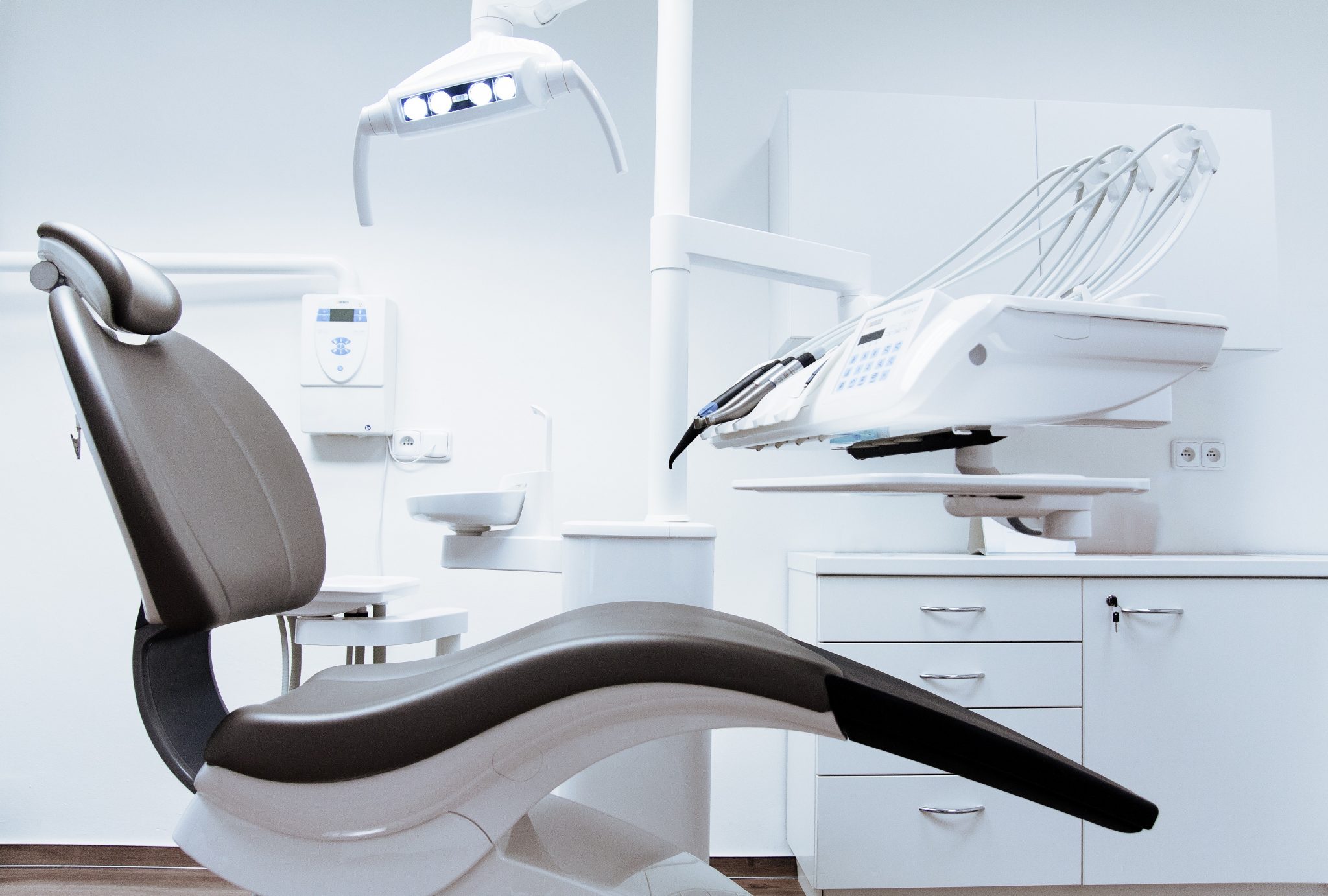
The Best For Tooth Restoration
Designed to act as a safeguarding “cap,” a dental crown is positioned atop teeth that have encountered breakages, received root canal treatment, exhibited staining, endured decay, or displayed irregular forms. Handcrafted to match the tone and form of your original teeth, these dental crowns are made to last beyond 15 years. Beyond their protective role, dental crowns can also function in supporting dental bridges, capping dental implants, or catering to particular cosmetic adjustments and aesthetic enhancements.
What Is The Process Of Getting A Crown?
You can expect to get a crown it should take two appointments to the dentist.
Examining The Tooth And Getting It Ready
Just as in any other dental treatment, the journey begins with a dental assessment. During this assessment, the dentist inspects and cleans your teeth, preparing them for an uncomplicated placement. When a tooth is fractured or extensively damaged by decay, the affected areas are removed. This prepares the tooth for the protective function of the dental crown, preventing further decay.
Shaping The Crown
Following this step, using dental putty, we’ll take an imprint of your teeth, which will be utilized for crafting full porcelain crowns. During the interim, a temporary dental crown will be placed on your teeth until your subsequent scheduled visit. Should you have a missing tooth and express the wish for a dental implant, we’ll create an impression of both the implant and the neighboring teeth. This impression will guide our laboratory in creating a bespoke crown designed specifically for you.
Placing The Crown
During your subsequent visit, we will remove the temporary crown and exchange it with a permanent one. The permanent crown will be affixed securely using sturdy dental cement or an unseen screw. To conclude the procedure, we will refine the crown’s surface and make any necessary alterations to guarantee your comfort and confidence.
Cost of Dental Crowns in Long Valley
The out-of-pocket cost for a dental crown can vary widely from patient to patient. With a typical insurance plan a single crown averages out to about $350 to $800 and above. Without insurance, a reasonable ball-park figure for a crown would be about $1400 to $1800 and up. To get your mouth looking and feeling normal again, most people feel that a dental crown is an easy decision but the cost may still give you pause.
So what goes into determining the cost of a dental crown?
- The type of crown and the material that is used.
- The location and complexity of the procedure.
- The number of crowns that may be required.
- Combining the crown with other dental appliances like bridges.
- Supplies and equipment that are required for your specific treatment.
Remember, no dental practice can provide an accurate quote over the phone. Ultimately, your needs are as unique as your smile. It’s important to speak with a dentist and undergo an oral exam to find out all your treatment options and to receive an accurate quote. If you have dental insurance, we would be happy to supply you with a quote to submit to them so you can find out your out-of-pocket costs before you make a decision.
Contact us today
to schedule an initial consultation & exam.
Your consultation will include an examination of everything from your teeth, gums and soft tissues to the shape and condition of your bite. Generally, we want to see how your whole mouth looks and functions. Before we plan your treatment we want to know everything about the health and aesthetic of your smile, and, most importantly, what you want to achieve so we can help you get there.
Frequently Asked Questions
The necessity for a crown following a root canal is highly contingent on the tooth’s location in the oral cavity. Teeth positioned toward the back, such as molars and premolars, are vital for chewing and frequently demand crowns for reinforcement. On the contrary, front teeth like incisors or canines, which have a lesser role in chewing, may not always require crowns.
An important contrast between crowns and fillings lies in their durability, particularly for teeth with sizeable biting surfaces. The recurring pressure exerted during chewing or habitual clenching has the potential to lead to chipping or dislodgment of fillings on molars’ biting surfaces. Conversely, a crown, characterized by a seamless surface extending from gumline to gumline, is designed to endure significantly higher levels of force over a longer duration.
Dental crowns fulfill two vital roles within your mouth. Foremost, they restore complete tooth functionality, facilitating pain-free and comfortable biting and chewing, and eliminating the need for compensatory one-sided chewing. Subsequently (but equally noteworthy), crowns are meticulously fashioned to harmonize with your natural teeth. This entails meticulous color matching and contouring to blend seamlessly with your aesthetic. Surprisingly, people sometimes even forget which tooth has the crown altogether.
While not equivalent to a dental implant (which is surgically positioned within the jawbone), a post accurately reflects its name: a medical-grade post that can be cemented within a pre-treated root canal to augment the foundational strength and core of a dental crown. Dental posts are introduced when there’s insufficient remaining healthy tooth material to reliably uphold a crown.
The process of receiving a crown can somewhat resemble that of getting a filling, depending on the condition of your tooth. We take the necessary time to ensure you’re comfortably anesthetized, utilizing suitable local anesthesia and, if required, additional numbing to ensure the preparation of your tooth is devoid of discomfort. Subsequent to the procedure, you might experience a slight degree of sensitivity or mild soreness in the gum area surrounding the treated tooth for a brief period. If dental visits evoke apprehension, don’t hesitate to inform us! Our aim is to ease your concerns and make sure your experience is as soothing as possible.
Typically, dental crowns can remain effective for about 15 years. However, through conscientious maintenance, their durability can be extended to 25-30 years.
Caring for a dental crown follows the same principles as looking after a natural tooth. Regular brushing and flossing contribute to the well-being and cleanliness of both the dental crown and the adjacent gum tissue. Regular dental cleanings and checkups at your dentist’s office are indispensable to ensuring your oral health.
Google Verified Patient Reviews






